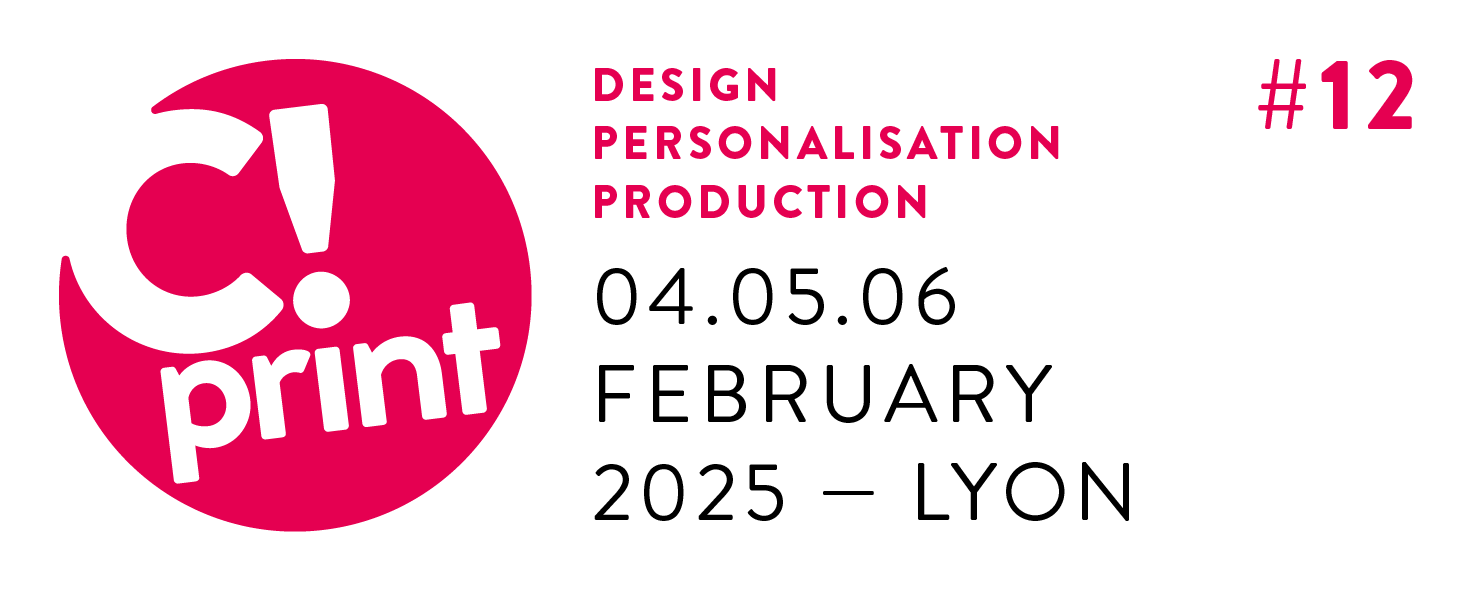The added value of printing
2016/10/28
Web-to-print, printing, cutting, engraving, embroidery, design, logistics… The integration of digital technologies in the broad sense opens up new perspectives. These technologies shift the balance of the sector from fatal price competition to the added value of a complete offer that seduces creative artists and brands. An adjustment and an opportunity to be seized, right down to a change in representatives: from the purchasing team to the marketing department.
What does the umbrella of ‘digital technologies’ cover in the graphic sector? Inkjet printing, sublimation…printing techniques, cutting, engraving…in short, production that transforms a raw material into a product. However, this is not all; digital technologies additionally include pre-press, CTP, CTS, finishing, as well as new integrated services such as design, campaigns, logistics and web-to-print, which also contribute to developing ‘personalisation’ offers.
There, we said it! Taught at MIT or lumped together with the phenomenon of 3D printing, does the term fit the reality of the sector? Restricted for a long time to small-format branding (garments and gifts in particular), it nevertheless describes a reality: from small quantities to unique originals on demand. This tendency towards short runs can also be seen in large format, which does not use this term a lot, yet produces personalisation – whether it be signage, external communications or POS advertising. On-demand production is increasing, as are related services such as deployment. While small runs are set to develop more and more, large runs and mass production are faced with personalisation. They have not been overlooked either. Labelling or packaging that continues to be produced for an overwhelming majority through flexography or offset is seeing the digital arrive without abandoning its volume dimension.
When talking about ultra personalisation or mass personalisation, the key is in fact the data. When personalising wallpaper online or launching a global marketing campaign, the data goes from the client to the heart of the production system to ultimately go back to the client, providing them with information. And the entire value of this new model lies in the management of the data: its consideration, interpretation and adaptation to an existing production system associated with the development of new services that are directly linked to the specific expectations of clients.
The C!Print trade show is wholly dedicated to this new horizon of personalisation and accompanies the sector towards new high-value-added business opportunities.
